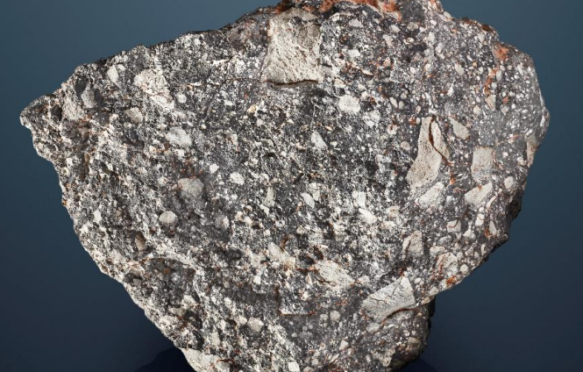Auctioneers Christie’s are in a different world at the moment as they prepare to sell NWA 12691, one of the largest known moon rocks in existence.
Moon rock is among the rarest substances on Earth, with less than 650 kilograms of lunar meteorites known to exist.
This example is the fifth largest piece of the moon known, and larger than any returned by the Apollo space programme.
Valued in the region of £2 million, the specimen is available for purchase via Christie’s private sales, an arm of the auction house which has flourished since the coronavirus pandemic struck.
Lunar meteorites arrived on Earth after having been blasted off the moon’s surface by the collision with an asteroid or comet.
This example was part of a large meteorite shower straddling the Western Saharan, Algerian and Mauritanian borders, responsible for nearly half of all known lunar meteorites.
Approximately 30 different meteorites were collected, analysed, classified and assigned different NWA numbers in the belief they might be from different events and represent different lunar samples; but it has been determined that they all originated from the same lunar impact.
NWA 12691 was found in the Sahara Desert two years ago. James Hyslop, Christie’s head of Science & Natural History, said: “Every time I see this specimen the sheer size of it bowls me over.
“Weighing over 13.5kg, it is so much larger than anything else that has ever been offered before. The experience of holding a piece of another world in your hands is something you never forget.”
Scientists identify moon rocks by their specific textural, mineralogical, chemical and isotopic signatures.
I often have difficulty recognising what I’m having for breakfast!
Picture: Moon rock, about £2 million (Christie’s).










